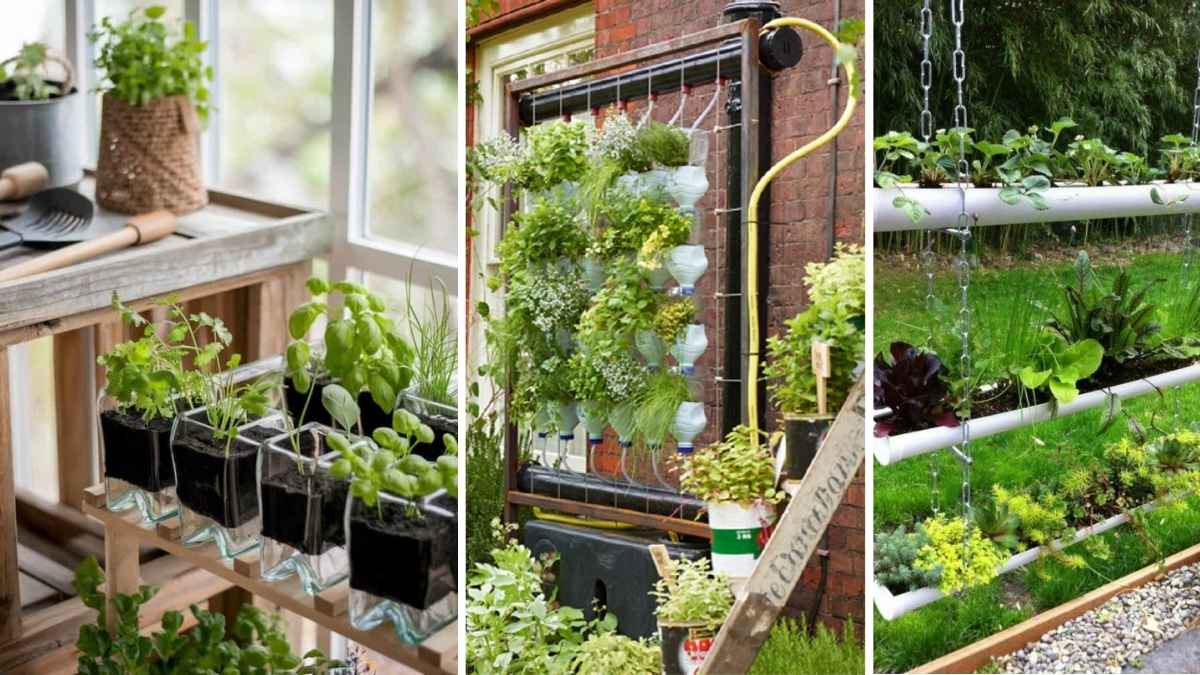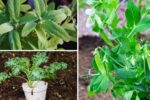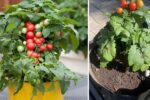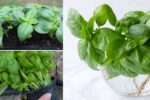Indoor herb gardening has become increasingly popular among home cooks, apartment dwellers, and gardening enthusiasts. Fresh herbs not only elevate the flavor of meals but also offer a range of health benefits, from antioxidants to essential vitamins. Yet, maintaining a traditional herb garden can be time-consuming, requiring frequent watering, soil monitoring, and attention to plant health. A self-sustaining indoor herb garden provides a practical, low-maintenance solution, making it easy to enjoy fresh herbs year-round. This guide will walk you through the advantages of self-sustaining systems, materials needed, herb selection, construction, and care tips.
Benefits of a Self-Sustaining Herb Garden
Self-sustaining herb gardens provide several advantages, especially for beginners or those with busy lifestyles:

Efficient Water Use: Water is delivered directly to the roots, minimizing waste and evaporation. Excess water collects in a reservoir for future use.
Stable Moisture Levels: Herbs thrive on consistent moisture. Self-sustaining systems prevent overwatering or drought stress, ensuring healthy root development.
Time-Saving: These gardens reduce the need for daily watering, freeing up time for other tasks.
Space-Friendly: Compact designs fit windowsills, balconies, or small indoor spaces where traditional garden beds are impractical.
Stronger, Healthier Plants: Steady hydration supports robust foliage, enhanced flavor, and higher yields.
Choosing the Right Herbs

Selecting herbs that adapt well to container growth is key. Consider their water requirements, sunlight needs, and growth habits:
- Basil: Loves warmth and moderate watering.
- Mint: Thrives with high water availability and vigorous growth.
- Parsley: Prefers steady moisture and partial sunlight.
- Thyme: Hardy and adaptable; benefits from controlled watering.
- Cilantro: Sensitive to drought, perfect for a self-sustaining setup.
- Oregano: Requires well-drained soil and moderate watering.
Grouping herbs with similar needs ensures even growth and prevents stress in the garden.
Materials You’ll Need
Building a self-sustaining herb garden doesn’t require specialized tools. Essentials include:
- Containers: One for soil and herbs, another for water. Recycled pots, plastic containers, or wooden boxes lined with waterproof material work well.
- Wicking Material: Cotton rope, cloth strips, or nylon transfer water from the reservoir to the soil.
- Soil Mix: A nutrient-rich, well-draining mix of compost, peat, and perlite or sand.
- Water Reservoir: Stores water to gradually hydrate the plants. Size it for several days of water supply.
- Basic Tools: Trowel, scissors, and watering can.
Optional enhancements like pebbles or mulch can help retain moisture and improve the garden’s visual appeal.
How to Build Your Indoor Herb Garden

Several DIY designs exist, but the principle remains the same: water is delivered to roots through a wick or capillary action.
Step 1: Prepare the Containers
Choose a planting container with a hole at the bottom for the wick. The water reservoir should be slightly larger for stability.
Step 2: Set Up the Wicking System
Cut a cotton rope or cloth strip long enough to reach from the reservoir to the soil. Insert it through the bottom of the planting container, ensuring contact with both soil and water.
Step 3: Prepare the Soil
Mix compost, peat, and perlite or sand in equal parts. Fill the planting container, leaving an inch of space at the top.
Step 4: Plant Your Herbs
Make small holes for each plant, gently remove them from nursery pots or propagate from seeds, and plant them. Firm the soil around the roots.
Step 5: Fill the Reservoir
Pour water into the reservoir so the wick is submerged. Ensure water reaches the soil through the wick.
Step 6: Add Mulch (Optional)
A layer of pebbles, straw, or organic mulch helps retain moisture, stabilize temperature, and prevent evaporation.
Placement and Sunlight

Most culinary herbs need 6–8 hours of sunlight daily. Consider these options:
- Indoors: Near a south-facing window or under grow lights.
- Outdoors: On a balcony or patio with good sun exposure and minimal wind.
Avoid areas with heavy rainfall if outdoors, as it can oversaturate the system.
Maintenance Tips
While self-sustaining systems reduce daily care, regular maintenance keeps your herbs thriving:
- Monitor Water Levels: Refill the reservoir as needed.
- Prune Regularly: Trim herbs to promote bushier growth and prevent legginess.
- Check Soil Health: Replace compacted soil or add fresh compost occasionally.
- Watch for Pests: Use organic remedies like neem oil or insecticidal soap.
- Fertilize Occasionally: Add diluted liquid fertilizer or compost tea every 4–6 weeks.
Advantages Over Traditional Herb Gardening

Compared to conventional gardening, self-sustaining systems offer:
- Lower risk of root rot and overwatering.
- Consistent moisture for better flavor and growth.
- Ideal for small spaces and urban environments.
- Reduced labor and maintenance.
- Possibility of vertical or multi-tier systems for expanded cultivation.
Conclusion
A self-sustaining indoor herb garden is an efficient, sustainable, and visually appealing way to enjoy fresh herbs year-round. With the right herbs, soil, and wicking system, you can enjoy thriving plants with minimal effort. These gardens conserve water, promote healthier plants, and make urban gardening accessible. Regular maintenance and proper placement will ensure a steady supply of flavorful, aromatic herbs to enhance both meals and well-being.




